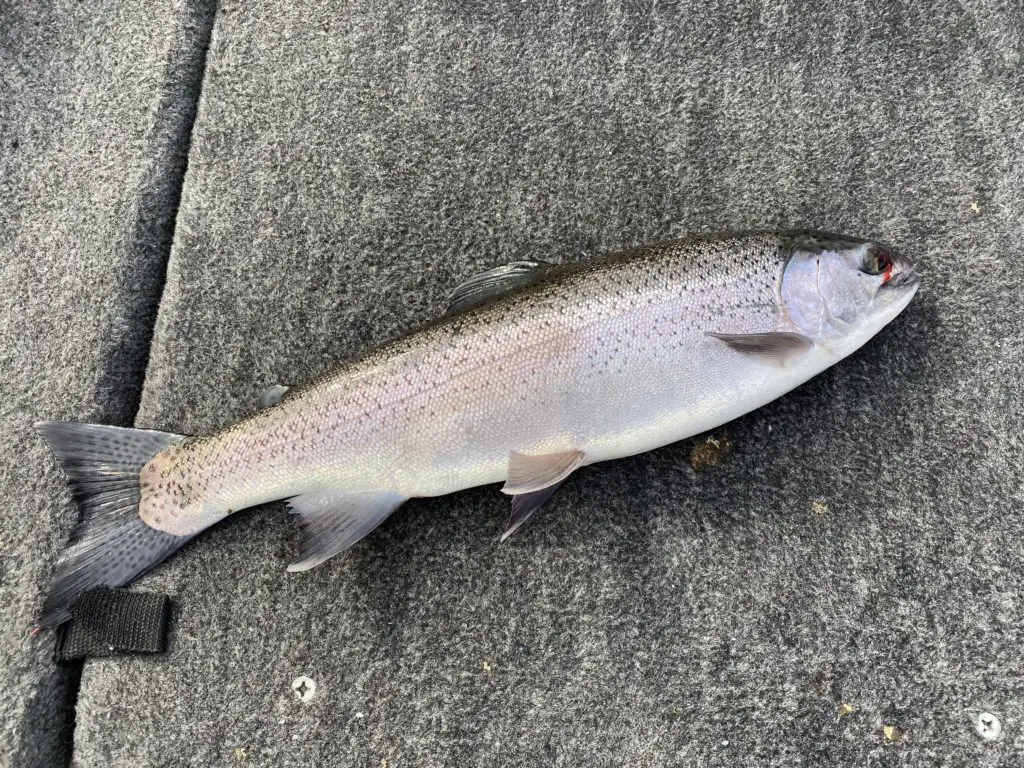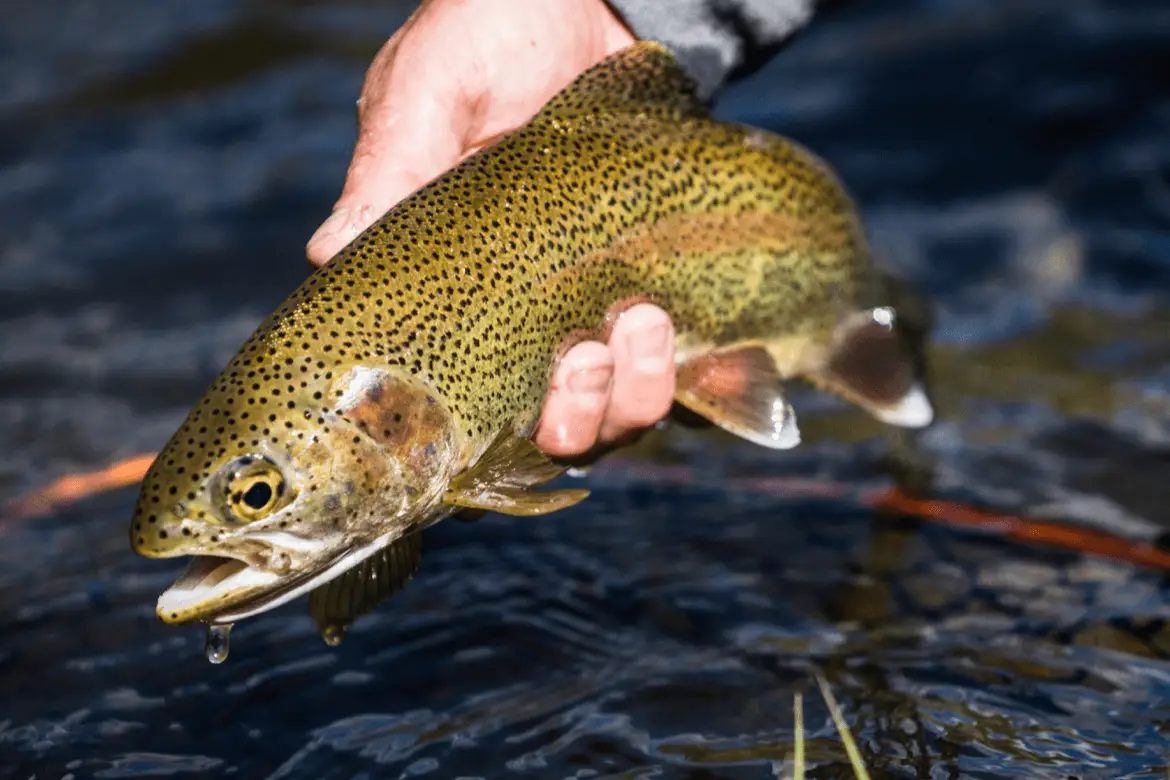Catching and eating fish is in our blood. Humans have been doing it for thousands of years, and long may it continue. The best way to keep fish fresh after catching them is to either keep them alive or on ice until you get home to feast on them. You can also pop them in a refrigerator for a couple of days or in the freezer should you want to keep them for another occasion.
The best way to keep fish fresh after catching them is to keep them alive (live well, stringers, ice, salt, fishing baskets, and water buckets). You can also bleed the fish before storing it on ice. You would need to dress and clean the fish at home before eating, freezing, or refrigerating them.
Did you know that putting fish in a zip lock bag before freezing them will increase the time frame that it will stay fresh inside the freezer? Without a zip lock bag, fish tend to stay “fresh” for about 6-12 months, while a fish in a zip lock could stay fresh for about 6-24 months. This article will discuss the different ways of keeping fish fresh after catching them.
What Are The Best Ways To Keep Fish Fresh After Catching Them?
Whether you are fishing from the shore or on a boat, the methods of keeping fish fresh after catching them do not differ that much. When you catch your first fish for the day, you don’t rush home to eat it straight away; you aim to catch as much fish as you can.
Keeping Them Alive
Keeping the fish alive until you head off home to enjoy them is very important. Here is how:
Live Well
Live wells, a.k.a. “fish motels,” is a tank/cooler found on most fishing boats. It offers flowing water and aeration to fish and baitfish, keeping them alive all day. The live well pump circulates water from the body of water that you are fishing in through the tank/cooler, supplying a steady flow of freshwater, while the aerator makes sure that air is injected into this water supply to keep the fish from dying.
You can also make your own live well if you are fishing from the shore: Making A Portable Live Well
Stringers
A stringer is a rope with a metallic needle at one end and a metallic ring on the other. The idea is to string the fish together by sticking the needle through them, attaching them to the rope, allowing them to swim as normal while keeping them in place by the rope.
Different types of stringers:
- Rope Stringers/ Poly Stringers
- Chain Stringer
- Spring Lock Stringer
Two methods to string fish:
- Use the needle to make a small hole in the fish’s mount, pull the rope through, making sure that it is not too close to the edge of the mouth as it can tear itself loose.
- Open the fish’s mouth and pass the needle through the gills, attaching the rope through their gills, with no need to make any additional holes.
Stringers can be fixed to the boat or secured to a pole or object on the shore.
Put Them On Ice
Some anglers won’t think twice about throwing a live fish in a cooler with ice. No bleeding out, no gutting, nothing. If this is you, try to ensure that enough ice in the cooler (shaved/crush ice works best) to cover most of the fish’s flesh.
Two pounds of ice for one pound of fish is an excellent ratio to follow. Remember to keep the cooler’s drain plug open as the melted ice needs to drain out, as water tends to spoil the fish’s flavor.
Salt The Fish
If you don’t have access to ice, you will need to bleed and clean the fish straight after catching it, keeping it dry and in a shaded place. If the trip is for longer than half a day, you will need to rub a lot of salt inside the body cavity and all over the outside of the fish.
When you are ready to eat the fish, you will have to soak and rinse it with water to get rid of the saltiness.
Fishing Baskets
Fishing baskets are typically made from:
- Nylon
- Mesh
- Fine wire
- Stainless-steel rings
Some fishing baskets are rigid in form, while others are collapsible. Just as long as it forms a bucket under the water, keeping your fish enclosed, all is good. Most baskets have an easily accessible lid to make sure that no fish escape.
Water Buckets
Some anglers take a large water bucket with them when fishing. They fill the bucket with water from the body of water they are fishing in and drop the fish they catch in the bucket. This option will work quite effectively if you are on a quick fishing trip and catching small fish.
The downside of using a fishing bucket without an aerator is that the fish will struggle for air, normally thrashing around in the bucket, and it could take a long time to die. The bruising of the fish’s flesh, occurring when hitting the bucket, will alter the taste of the meat.
Bleeding The Fish
Most anglers prefer to bleed out their fish before putting it on ice. Bleeding out the fish is done for the following reasons:
- To avoid discoloration of the fish’s meat
- It helps to remove lactic acid, which can lead to an acidic and metallic taste
- It enhances the taste of the fish fillets
- It stops blood from coagulating inside the fish

How To Bleed Out A Fish?
There is a Japanese tradition called Ikijime that shows how to kill a fish mercifully. It involves using a very sharp knife or spike put into the fish’s brain (located in the center of the head-about an inch behind the eyes). It is a quick, painless, and very efficient way of killing a fish and helps prevent the flesh’s degradation. This merciful act should be done before you start to bleed the fish out.
Different ways to bleed out your fish:
- Cut the throat of the fish with a clean fillet knife
- Use a downward motion, top to bottom, and make a deep cut behind the gills
- Cut the artery located along the bottom of the fish found between the gills
It is recommended that you do not gut/dress your fish after bleeding it out. Wait until you get home, as there might be a chance of bacteria being introduced to the fish, which might spoil the flesh. After bleeding out the fish, make sure to store it in crushed ice in a cooler that is not exposed to direct sunlight.
Dressing The Fish
If you managed to get your fish in a fresh state to your home, it would now be time to dress it and clean it properly as digestive enzymes can spoil the fish giving it an off-taste. Dressing a fish involves the following:
- Removing the head
- Removing any fins
- Removing the gills
- Removing the fish’s intestines/guts
Cleaning The Fish
Cleaning the fish is when you scale and fillet it, finishing the process by washing the fish in clean water before you dry it with a clean cloth or paper towels. Scaling involves running the blade of a knife/fish scaler in the opposite direction that the scales are laying.
Scaling is a messy business that you should do outside. After scaling, you can proceed to cut the fish into fillets.
Eat, Refrigerate, Freeze The Fish
At this stage, your fish is fresh, dressed, and ready to be enjoyed. You can now proceed to cook, fry, or bake your catch, leave it in the refrigerator for a day or two, or into the freezer for a special occasion.
Refrigeration Steps:
- Wash the fish in cold water
- Dry the fish by using a clean cloth or paper towels
- Wrap the fish in aluminum foil, waxed paper, or plastic wrap
- Store the fish on ice inside the refrigerator
Refrigerated fish can last 1-3 days maximum before you have to consume it (2 days to be on the safe side).
Freezing Steps:
- Wash the fish in cold water
- Dry the fish by using a clean cloth or paper towels
- Place the fish in a freezer friendly zip lock bag, making sure to remove all air before you zip it
- An additional way is to freeze the fish in a block of ice by putting it in a container filled with water covering the fish
Fish in the freezer can last from 3-12 months. In zip-locked bags, it can last from 6-24 months.
Conclusion
Hopefully, this article has shed some light with regards to keeping your fish fresh after catching them. As listed above, there are many options available to you; the trick is finding the one that works best for your fishing style.

